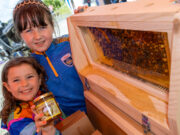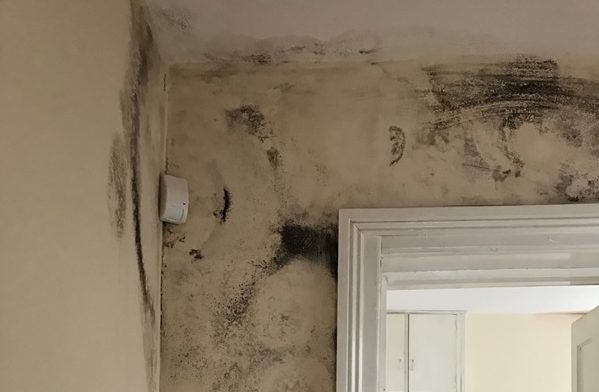We are quite lucky in Laois that a number of recent problems that have cropped up in buildings haven’t affected any houses in the county.
Pyrite is a substance which is quarried through Limestone Quarries and its vein of material that expands when it becomes moist.
This is often hidden within the hardcore in large quantities and can creep into concrete block production. Luckily in County Laois no reports of Pyrite have been reported, there is Pyrite all hardcore however it has to be controlled and monitored.
With the increase in building you should be aware that when ordering fill for your footings it is important that your document received from the lorry driver states that it’s SR 21 Annex E certified hardcore fill.
For commercial development the onus is on the contractor to ensure that the hardcore is Pyrite free and in turn they have to get samples of the hardcore received and test this.
In relation to Radon, again in Laois we are quite lucky that most of the County is in a low Radon area. The Radon Map is available on the Environmental Protection Agency website and you should always inspect same prior to construction.
Been in a low radon area, does not preclude you from complying with the Building Regulations. This means that within your extension or your new dwelling it is important that a Radon Sump is installed and that this is vented to the external.
The location of the vents should be carefully thought out, venting directly underneath a window is never a good idea. Also before we put in our floor slab our damp proof course should be act as form of a Radon barrier.
Most 1200 gauge polythene does allow for this however it is important that any joints within it are taped and this will stop any leakage of gas within same.
Condensation within dwelling houses
I have recently attended on a number of different dwellings where condensation is an increasing issue. All habitable rooms require ventilation.
With the new building regulations we have all increased levels of insulations within our walls, attic space and the level of air tightness within dwelling houses has increasingly got higher.
As air tightness levels have become greater, this does not mean we do not have to have ventilation. Ventilation is required to take out all the moisture from the air. As we sleep we breath out moisture into the rooms, this moisture has to go somewhere.
In poorly ventilated dwellings black mould can be seen in the corners of the bedrooms and the moisture has nowhere to go. The dew point is either on the wall or on the ceiling in this location. It is important therefore to provide background ventilation.
In a dwelling I recently attended they had insulated the internal of the wall with a cosy board or an insulated board this meant that they had fixed this directly to the hard wall finish.
This had formed a new dew point between the wall and board, the mould had begun to grow behind the dry lining. This is quite a dangerous practice as this mould gives off a toxic gas which then gives the occupants of the dwelling headaches and other health syndromes.
You should never insulate directly onto hardwall; this hardwall on your internal surface should be removed in full before ever applying a cosy board to same.
These are small things to look out for but make a big difference in your dwelling house.
SEE ALSO – Dan Keane: The steps you have to go through to get your planning permission





















